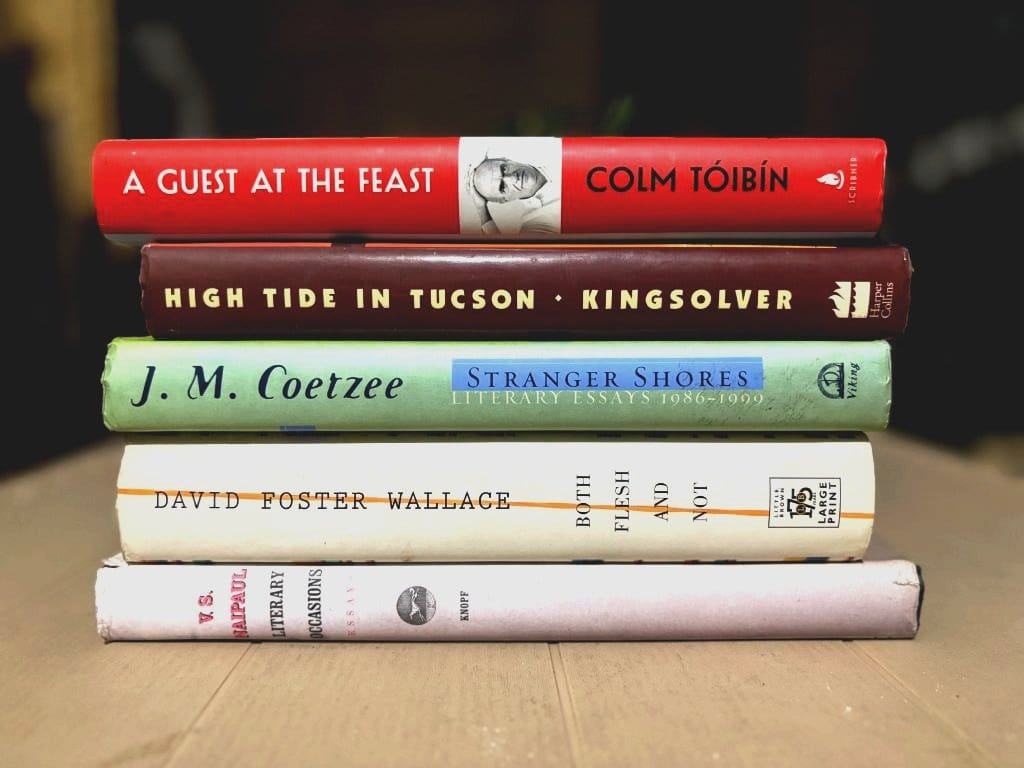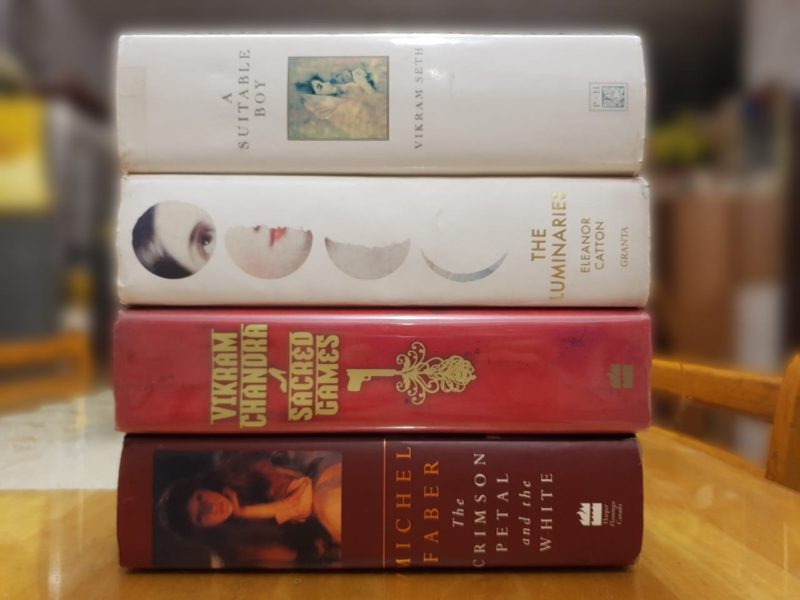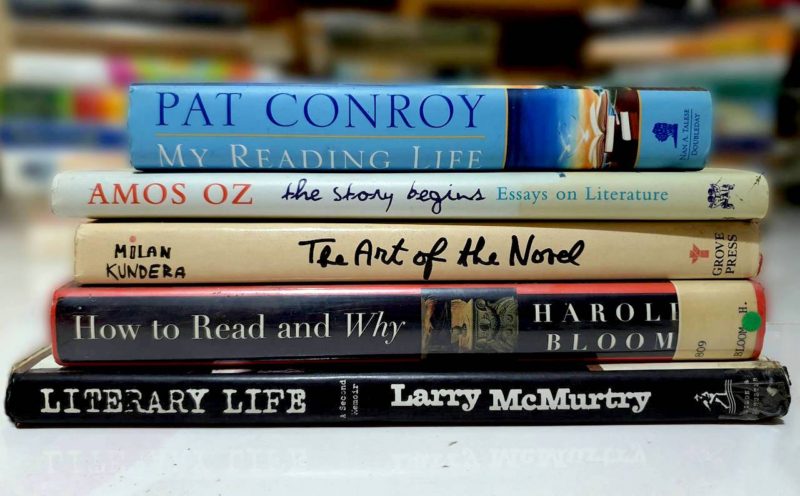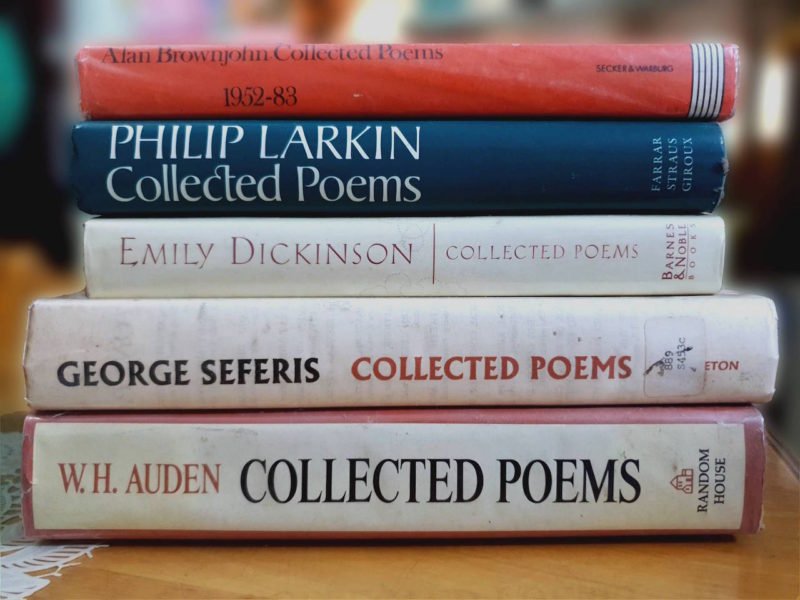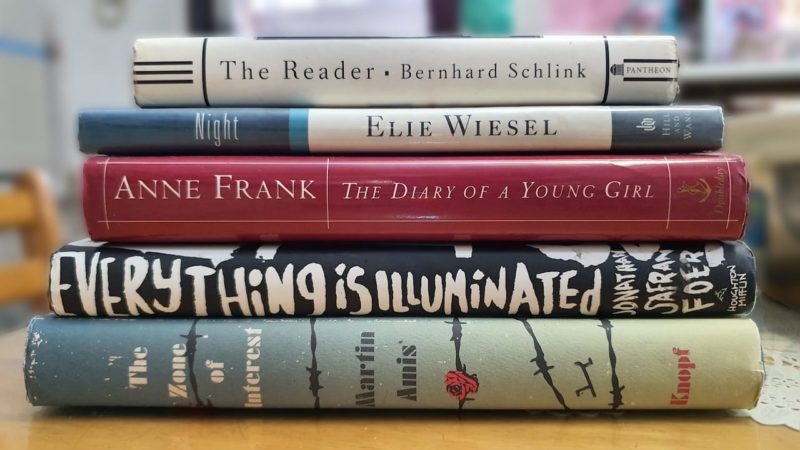Collections of essays by distinguished authors often reveal dimensions of their craft that extend beyond fiction. They display a writer’s sensibility when it turns directly to questions of art, culture, politics, and personal history. Unlike novels, where imaginative design may conceal the presence of the author, the essay exposes the mind at work, its rhythms, obsessions, and commitments.
In such compilations, the essay form becomes a field of literary expression in its own right. Some volumes assemble occasional pieces written for newspapers and journals, while others contain more sustained meditations on literature and society. What they share is a precision of style and an intellectual vigor that elevates them above the ephemeral.
The books included here—by Colm Tóibín, Barbara Kingsolver, J. M. Coetzee, David Foster Wallace, and V. S. Naipaul—stand out for the way they gather distinct voices into collections that feel enduring rather than scattered.
A Guest at the Feast (2022) by Colm Tóibín
“It all started with my balls.” The first essay in this collection begins with this startling admission, at once humorous and disarming. From that opening, Tóibín moves into a meditation on illness and vulnerability, writing with a candor that both unnerves and draws the reader closer. His prose is careful and exact, but he is unafraid to breach decorum when the subject demands honesty.
The essays move between recollection and cultural commentary, threading together personal history with Irish politics, Catholicism, and literary inheritance. The title piece turns on the paradox of belonging and estrangement by situating Tóibín’s private memories within the wider history of a society in flux. Through this balance of intimacy and public reflection, the collection demonstrates how the essay can function as both testimony and cultural record.
The volume’s cohesion lies in how private memory intersects with the collective past. Essays that seem intimate at first open onto larger questions of faith, censorship, and artistic inheritance. The title piece, with its focus on community and estrangement, becomes emblematic of Tóibín’s ability to tether individual stories to the broader shifts of a country negotiating its traditions.
High Tide in Tucson (1995) by Barbara Kingsolver
Kingsolver approaches the essay with warmth and wit, writing in a style that balances narrative charm with pointed reflection. Her prose moves easily between the anecdotal and the analytical, often drawing from the natural world as a source of metaphor and observation. What distinguishes her voice is its blend of accessibility and acuity, a conversational ease sharpened by literary polish.
The book’s thematic reach stretches across family life, environmental concerns, and cultural critique. Kingsolver’s recurring meditation on nature and belonging gives the essays a connective tissue, suggesting that ecological awareness and domestic detail are inseparable. The title essay, with its wandering hermit crab in the desert, becomes an emblem for displacement and adaptation—an image through which Kingsolver frames questions of place and survival.
Stranger Shores (2001) by J. M. Coetzee
Coetzee’s essays carry the same austerity and rigor found in his fiction. Each piece is pared down to essentials, the prose stripped of ornament yet charged with intensity. Coetzee approaches criticism as a novelist who understands the architecture of narrative from within. His style is austere, almost clinical at times, but the restraint sharpens rather than diminishes the impact of his observations.
The collection ranges widely—from European masters to South African contemporaries—yet a coherence emerges from Coetzee’s preoccupation with exile, responsibility, and the ethics of art. His essay on Kafka typifies the volume: rigorous in analysis, yet animated by the conviction that literature engages the most urgent questions of justice and survival. The book as a whole demonstrates how critical prose can achieve the elegance of art without ceasing to be criticism.
Taken together, the essays chart the intellectual map of a writer who probes literature for its capacity to confront the dilemmas of history. Coetzee does not pursue literary beauty for its own sake; rather, he treats the essay as a space where moral responsibility and artistic form intersect. Stranger Shores reveals how critical prose can stand beside fiction as a mode of art, disciplined in execution yet expansive in its implications.
Both Flesh and Not (2012) by David Foster Wallace
Wallace’s essays carry a voice that is unmistakable: erudite, restless, and often torrential in its accumulation of detail. His sentences sprawl yet remain controlled, moving through registers of pop culture, philosophy, and literary criticism with unusual agility. The stylistic energy makes even his most technical discussions pulse with vitality.
The volume spans book reviews, cultural commentary, and meditations on the demands of writing. A throughline emerges in Wallace’s fascination with language as both instrument and trap. The title essay focuses on Roger Federer and crystallizes his gift for rendering intellectual reflection through the lens of palpable wonder. Across the collection, Wallace demonstrates how an essay can be both cerebral and visceral that enlarges the possibilities of the form.
For further exploration of his nonfiction, see our review of A Supposedly Fun Thing I’ll Never Do Again. That collection critiques the machinery of modern entertainment and examines the isolating nature of irony.
Literary Occasions (2003) by V. S. Naipaul
Naipaul’s prose remains sharp, controlled, and deeply self-conscious of its lineage. His essays here reflect on the vocation of the writer, the burden of colonial inheritance, and the difficulty of crafting a voice within fragmented histories. The style is unsparing yet elegant and is driven by an insistence on clarity and a refusal of sentimentality.
What unifies the collection is Naipaul’s concern with origins—of self, of literature, of cultural identity. Pieces about his childhood in Trinidad, his early encounters with English books, and his later recognition of displacement form a pattern of inquiry into how literature emerges from dislocation. The book stands as both a record of personal formation and a meditation on the vocation of writing in postcolonial contexts.
###
Collectively, these volumes show how the essay can extend the voice of a novelist beyond the boundaries of fiction. Tóibín transforms personal memory into cultural reflection, Kingsolver weaves domestic anecdote into ecological meditation, Coetzee examines the ethical charge of literature, Wallace tests the essay’s elasticity with wit and intellectual fire, and Naipaul examines the origins of a writer’s vocation within challenging legacies. Each book stands distinct, yet together they vindicate the essay as a vital form of literature where the rigor of thought transforms experience into art.
Further Reading
The Essay as Realm by Elisa Gabbert, Georgia Review
What Essays Are, and What Essayists Do by Max Norman, Public Books
What are literary essays? by Postmodern Bookworm, Medium
Why do essay collection books suck? on scottberkun.com
